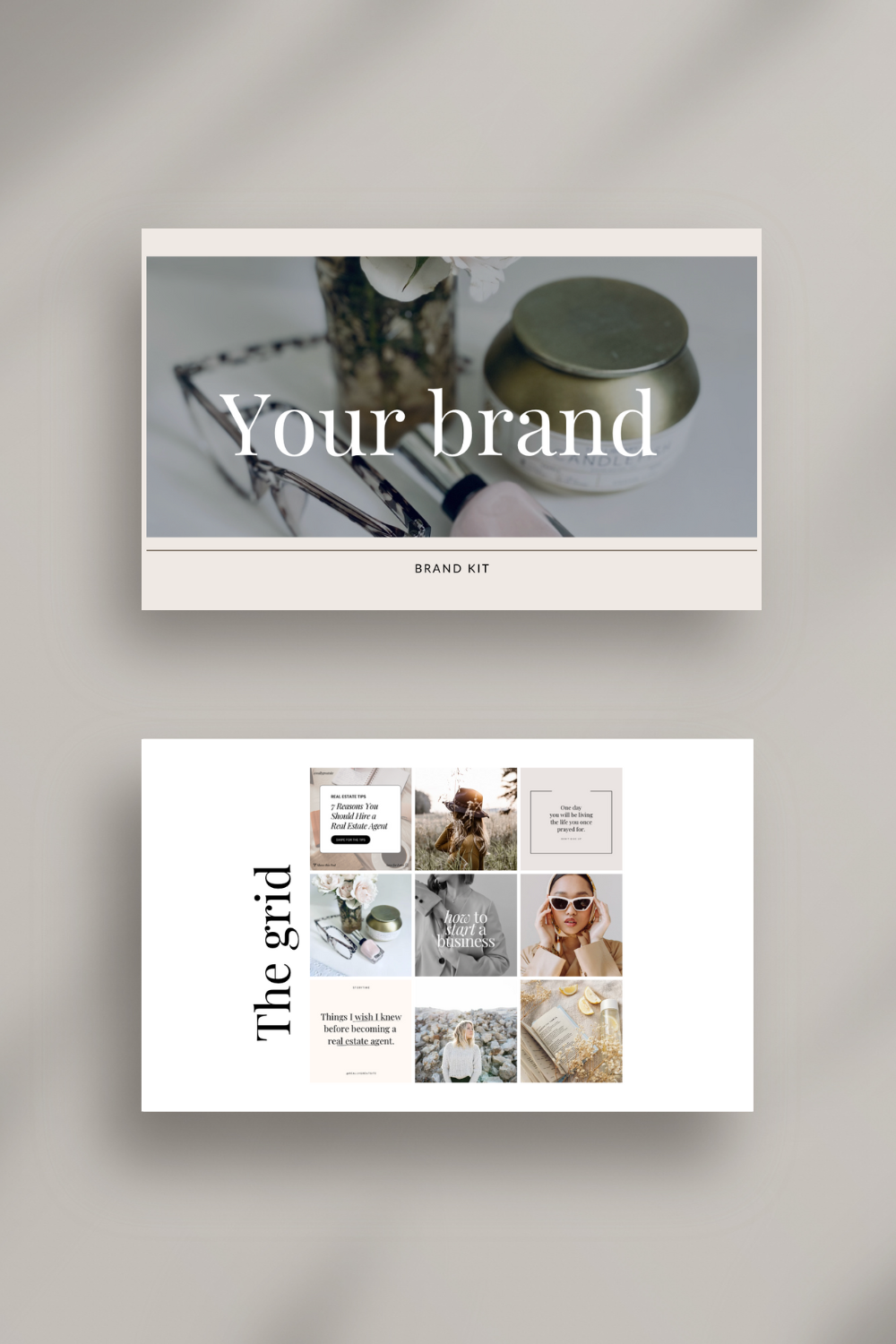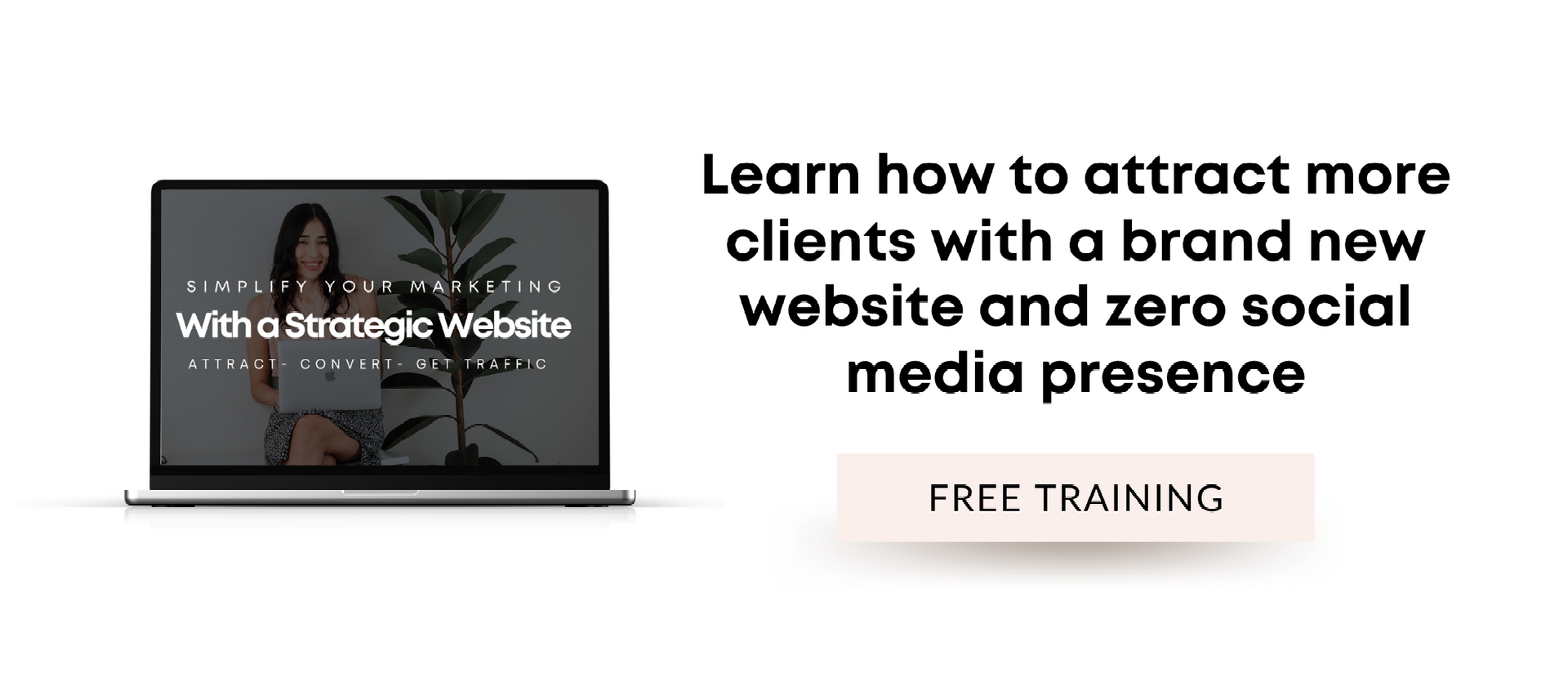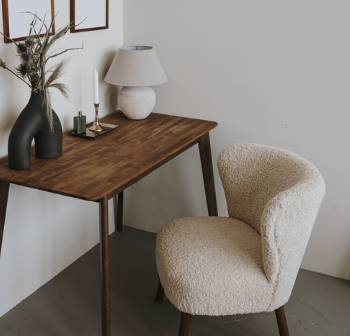What is Brand Personality and How to Define your Why
You can’t expect consistent sales with inconsistent branding. Brand personality is the heartbeat of what will attract your ideal clients. In this blog we’ll explore the things that could be harming your brand and I’ll share my favorite way to build a brand that stands out from the crowd.
I'm Natalia, the founder of Green Studio Marketing, and I'm here to help you uncover your brand magic and change the world—one website at a time. In this article, I'll show you why you shouldn't settle for inconsistency or attracting the wrong people. Get ready to stand out, create emotional connections, and effortlessly convert your dream clients.
The truth is, brand personality goes beyond mere aesthetics; it's the heartbeat of your business, influencing how your audience perceives and connects with you.
What is brand personality?
Brand personality is the unique essence of your business that sets it apart from the competition. It's the combination of traits, values, and characteristics that define your brand's identity. Just like humans, brands have personalities too!
Why brand identity is important
Your brand identity is the visual representation of your brand personality. It's the tangible elements that tell your brand's story, values, and purpose. Brand identity is not just about pretty colors and fonts, but a powerful tool to build trust, establish credibility, and attract your ideal clients.
What happens when you overlook brand personality
1. Inconsistency in your brand identity, messaging and overall brand reputation
In the end you want to attract the right audience, but if your brand identity is messy it’ll be really hard to stand out in your niche. Simply think about Apple. Why is this brand so memorable? Because it’s clean and it always has an aesthetically pleasing design in all of their products. The result? They charge whatever they want for an iPhone or Mac and everyone is willing to pay the price. Design instantly elevates your brand and the perceived value of your service, along with the opportunity to even raise your rates.
2.Generic branding = generic results
The whole point of building a business is to clearly stand out from the competition, so not paying attention to how you present yourself to the world can result in boring brands and generic results.
3. Attracting the wrong people
A brand without a defined personality risks attracting an audience that doesn't resonate with its core values. There is no biggest nightmare than to have people question your prices, or say that they can’t afford your services. And when that happens, sometimes the problem may not be your offer, it’s that you’re not marketing or attracting the right people that will align with your brand.
So, let’s explore how to define a brand personality that gets you noticed.

How to define a killer brand personality
1. Identify your dream and nightmare clients
Dream Clients:
Start by envisioning your ideal clients. Who are they? What are their values, interests, and pain points? Tailor your brand personality to resonate with these dream clients.
Nightmare Clients: Identify the clients you don't want to attract. Understanding who doesn't align with your brand helps you refine your messaging and visuals.
2. Create a mood board that aligns with your ideal client’s lifestyle:
Develop a visual representation of your brand by curating a mood board. Collect images, colors, textures, and styles that align with your dream clients' lifestyles. This will serve as a visual reference throughout your branding process.
3. Select colors and fonts that represent your brand values:
Colors evoke emotions and fonts express personality. Choose a color palette that resonates with your brand values and the emotions you want to evoke in your audience. Select fonts that align with the tone and voice of your brand.
4. Define your why and brand story:
Dig deep into the core of your brand by defining your 'why' – the purpose that drives your business. A powerful narrative helps build an emotional connection with your audience.
5. Create a brand kit or brand style guide:
Compile all the elements into a comprehensive brand kit or style guide. This document will serve as a reference for anyone creating content or representing your brand. Include guidelines on logo usage, color codes, typography, imagery, and overall brand aesthetics.
What is a brand kit or brand style guide?
A brand kit, also known as a style guide or brand guidelines, is a comprehensive document that outlines the visual elements of a brand. It serves as a manual to ensure consistency in the presentation of a brand across various channels.
Plus this document can help you save a ton of time when you start delegating your social media or marketing tasks to a VA and you’ll ensure your branding rules are followed no matter what so that you can have consistent branding and marketing.
The primary components of a brand kit include:
- Brand story
- Ideal client
- Purpose
- Brand voice
- Mood board
- Typography
- Imagery guide
Defining your why
Your brand's why is the soul of your business. It's the reason you do what you do, the impact you want to make, and the change you want to bring to the world. This simple phrase is something that can become your Instagram bio or home page headline. Read this article for more tips on how to define your brand purpose.
What are brand archetypes?
When researching this topic brand archetypes are a concept derived from psychology and adapted for marketing purposes. They represent universal characters or personas that consumers can easily recognize and relate to. The idea is to associate a brand with a specific archetype, helping to establish a deeper connection with the target audience. Here are some common brand archetypes and their characteristics.
Here are some common brand archetypes and examples:
The Hero:
Characteristics: Courageous, determined, and focused on overcoming challenges.
Example Brands: Nike, BMW.
The Explorer:
Characteristics: Adventurous, free-spirited, and seeks new experiences.
Example Brands: The North Face, Jeep.
The Sage:
Characteristics: Knowledgeable, wise, and focused on helping others learn and grow.
Example Brands: Google, National Geographic.
The Innocent:
Characteristics: Pure, optimistic, and seeks simplicity and happiness.
Example Brands: Coca-Cola, Dove.
The Everyman:
Characteristics: Relatable, down-to-earth, and focused on belonging.
Example Brands: IKEA, Target.
The Jester:
Characteristics: Playful, fun-loving, and seeks to bring joy and humor.
Example Brands: M&M's, Old Spice.
The Lover:
Characteristics: Passionate, sensual, and focused on building emotional connections.
Example Brands: Victoria's Secret, Godiva.
The Ruler:
Characteristics: Authoritative, organized, and seeks control and influence.
Example Brands: Rolex, Mercedes-Benz.
The Caregiver:
Characteristics: Nurturing, compassionate, and focused on helping and protecting others.
Example Brands: Johnson & Johnson, UNICEF.
The Rebel:
Characteristics: Nonconformist, rebellious, and seeks to challenge the status quo.
Example Brands: Harley-Davidson, Apple.
The Creator:
Characteristics: Innovative, imaginative, and focused on self-expression.
Example Brands: Adobe, LEGO.
The Magician:
Characteristics: Visionary, transformative, and seeks to make dreams a reality.
Example Brands: Disney, Apple.
Ready to build your brand personality and attract your dream clients?
To continue your journey and dive deeper into brand building, join me in my
Brand Building Toolkit. Inside, you'll find resources to define your brand personality and purpose, identify your ideal client, create a captivating mood board, personalize your marketing templates, and access your Canva social media templates. Let's build your brand together and make magic happen!

* AI Disclosure: This content may contain sections generated with AI with the purpose of providing you with condensed helpful and relevant content, however all personal opinions are 100% human made as well as the blog post structure, outline and key takeaways.
* Affiliate Disclosure: Some of the links on www.nataliamaganda.com may contain affiliate links meaning that I will get a commission for recommending products at no extra cost to you.
WELCOME
Hello! I'm Natalia. Latina, web design expert for mental health professionals.
I help ambitious life coaches, therapists and holistic leaders amplify their magic, gain visibility, and simplify their marketing efforts through strategic web design and content.

Need a new website? Book a free power hour
What we will talk about: The best website strategy for your unique private practice or coaching business
Launch a website and grow your traffic in the next 12 months
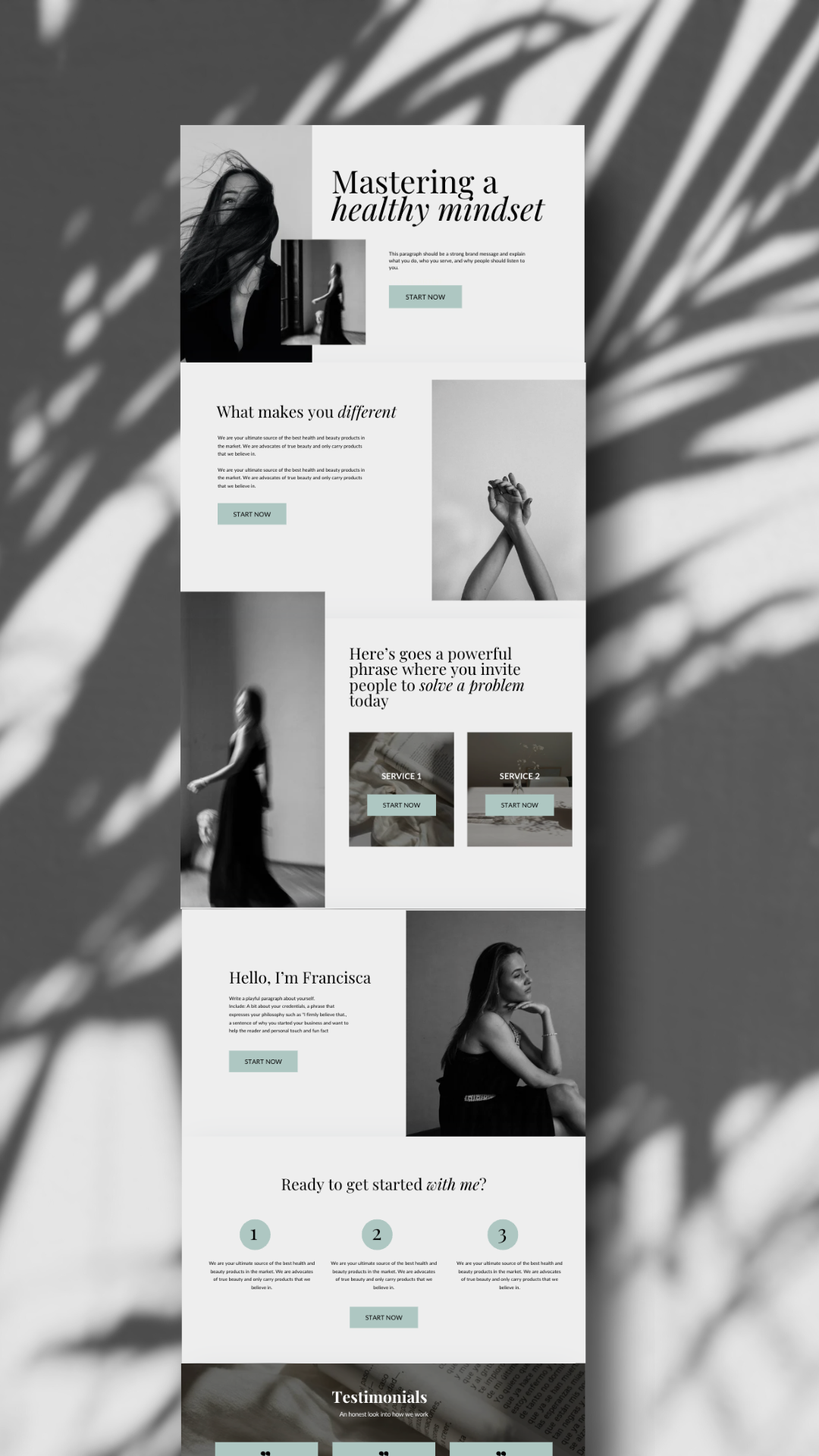
Slide title
Write your caption hereButton
Slide title
Write your caption hereButton
Slide title
Write your caption hereButton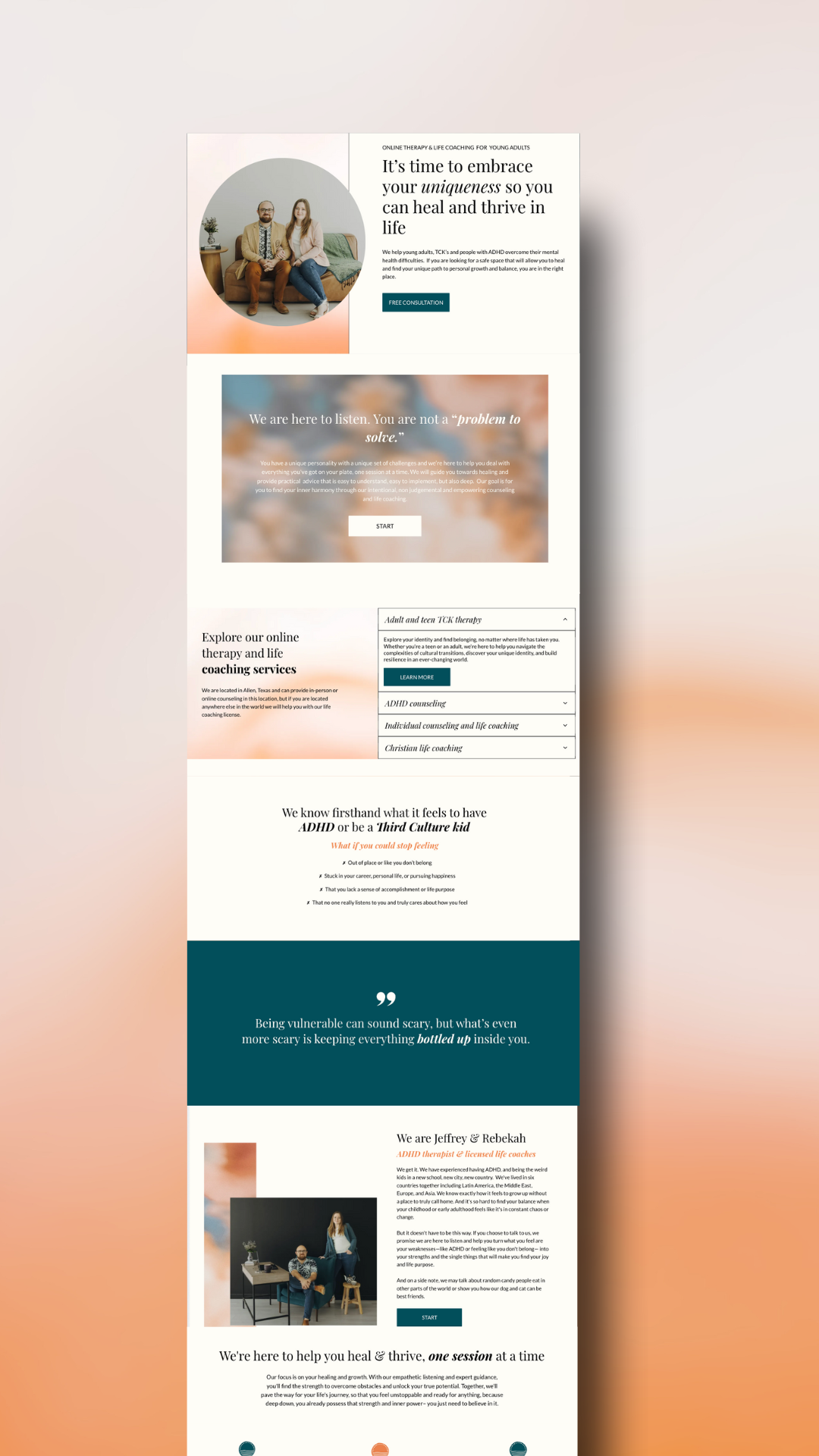
Slide title
Write your caption hereButton
Slide title
Write your caption hereButton
Slide title
Write your caption hereButton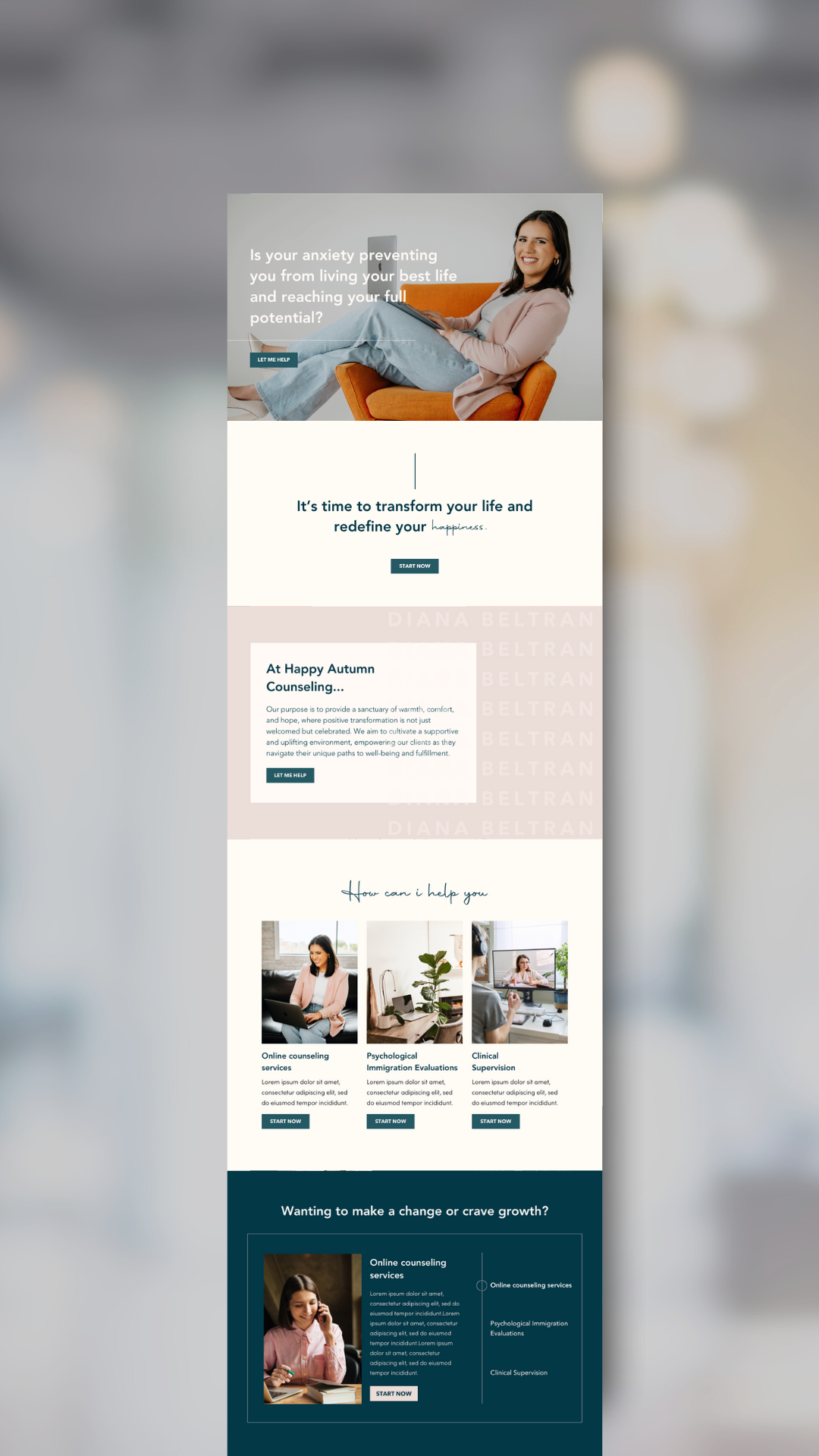
Slide title
Write your caption hereButton
If you loved this post you're gonna love these:
BTW, I'm Natalia
Web design expert and SEO nerd
I’ve built an online business which has allowed me to double my income, and quit my full time job all thanks to one thing!
MY WEBSITE!
After serving +100 clients and students across several industries, handling blogs and writing professional copy for clients, I know the ins & outs of building a website that attracts and writing content that converts.
How much should your website & a sustainable traffic plan that brings in monthly leads be costing you as a private practitioner or holistic coach?
Join my slow Saturday newsletter
A weekly reminder to slow down, enjoy life and build your mindful business one day at a time.
How much should your website & traffic plan be costing you for getting monthly leads ?
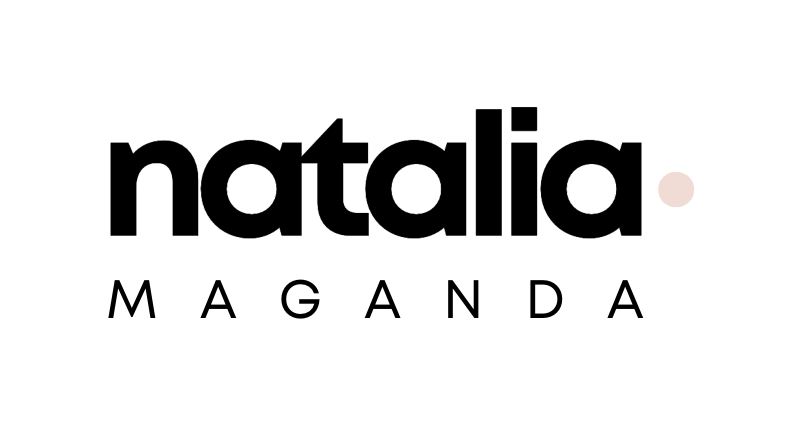
Bilingual strategic web designer for mental health professionals, life coaches & holistic practitioners. We are located in Mexico serving USA & Worldwide. Contact | Become a collab partner | Become an affiliate or referral
Natalia Maganda - Privacy Policy

